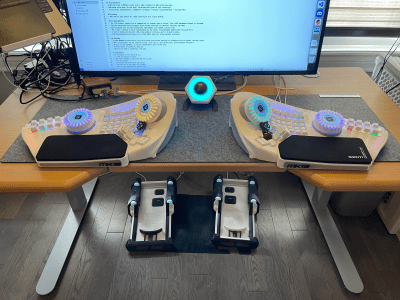
You can read all about this version on GitHub, but here’s the gist — you’re looking at a split keyboard with dual macro pads, rotary encoders, and a built-in trackball. And oh yeah, there are pedals, too. Those are a whole other thing.
In this revision, [crazymittens-4] said no to hand-wiring and instead went with custom flexible PCBs. The encoders now have push-button LED screens, and overall, there are “more LEDs than QMK can handle”. There’s even a secret keyboard within the keyboard! I can’t express how much I want to put my hands on this thing.
$35,000 Gets You a Complete Typewriter Shop
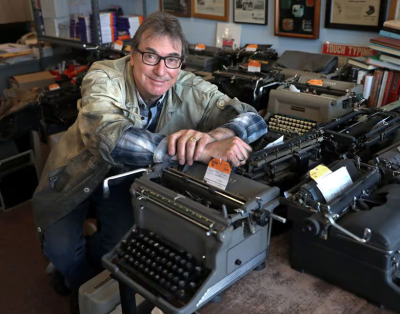
As long as you’re the right person for the job, that is. Ever since his apprentice backed out of taking over, Tom Furrier has been looking for just the right person to pick up the reins at Boston’s last remaining typewriter shop.
Tom says he doesn’t have the time to train someone new, as he’d originally planned to retire this June. His asking price is a mere $10,000 over what he paid for the shop in 1990. He’s more interested in finding the right person than in making money from the deal.
That person would have “an extensive experience in typewriter repair,” he said. Tom has regular customers that must be taken care of, as well as a thin but steady stream of new customers who are sick of digital and want an old school experience.
Since the 1990s, Tom has run the business like it’s 1980, doing the books in actual books. But he believes that the new owner will need to bring things into the 21st century a bit, perhaps by selling typewriters online and moving the accounting to a computer. No matter what, Tom is holding out hope that he’s going to find just the right person.
The Centerfold: This Is What $500 In Keycaps Looks Like
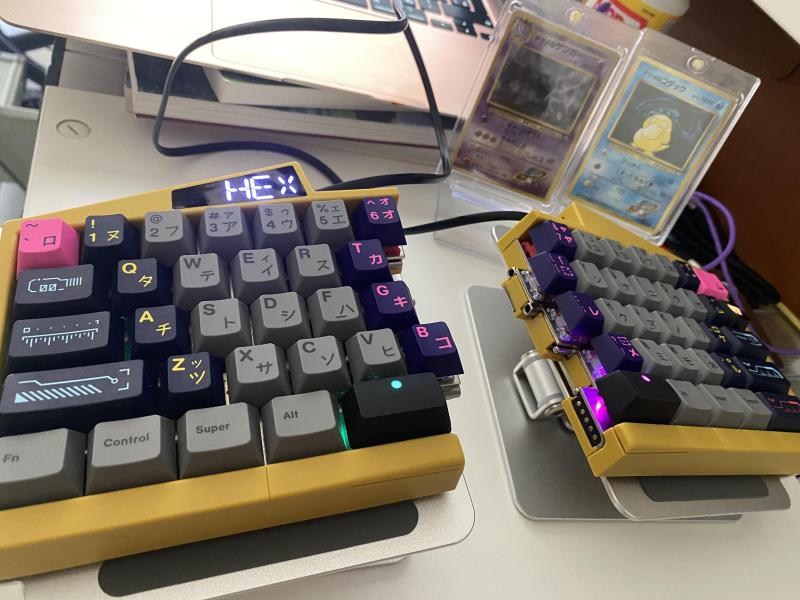
So this is an Ultimate Hacking Keyboard with GMK Dualshot, GMK Retrowave, and GMK Awaken key cap sets. it’s especially rough to see just two keycaps used from one of the sets, but it sure does look good! At least [sixteensixtisix] has their grail board now. That’s the most important thing.
Do you rock a sweet set of peripherals on a screamin’ desk pad? Send me a picture along with your handle and all the gory details, and you could be featured here!
Historical Clackers: the Thürey
Just look at this portable beauty! (See the handle on the right?) Manufactured from 1909 to 1912, Edward Thürey’s bizarre machine was one of the last weird-looking typewriters before the four-row QWERTY standard took over.
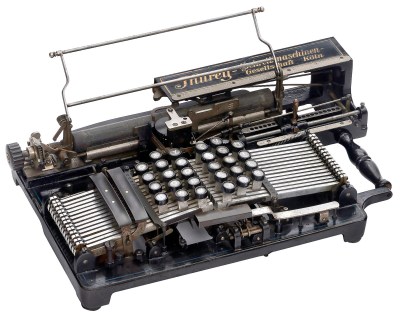
Not only are the 28 keys arranged in columns, the typebars are laid out horizontally to run parallel to the carriage, giving the the thing the appearance of a complex auto harp or other musical instrument.
Those two strips to the left of the keyboard are the Shift keys. It’s not clear to me whether one is a Caps Lock, but that would make more sense than having two Shifts on the left and none on the right.
The design is not completely out of left field, though. It used a typewheel inked by rollers like the Blickensderfer. And like the Hammond and the Chicago et. al, there’s a hammer behind the paper that forces the paper against the type.
Aside from the interesting keyboard layout, one disadvantage was that some keys required more force than others due to the complex leverage system at play.
Got a hot tip that has like, anything to do with keyboards? Help me out by sending in a link or two. Don’t want all the Hackaday scribes to see it? Feel free to email me directly.

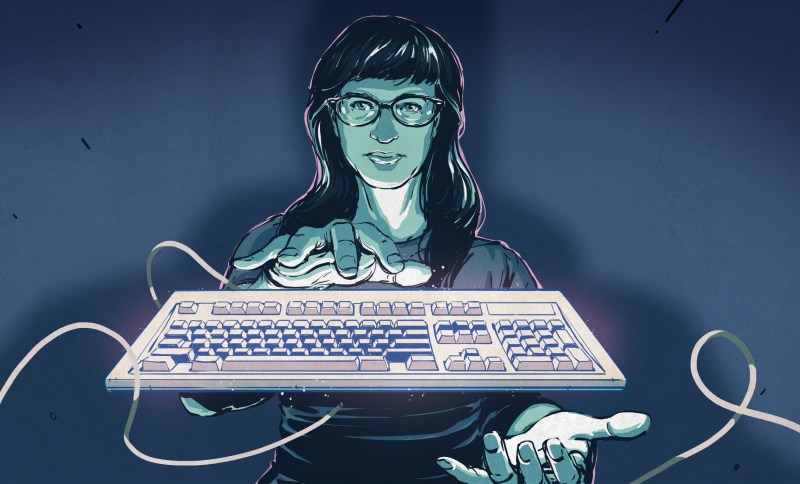














That Arcboard looks really crazy, in a good way, and really should get used for the control console in some sci-fi series. Though I think some of the previous revisions might be preferable by their looks for actual practical use – this latest one seems like it uses way too much desk for one thing. But I too would really like to get hands on with one.
> “Those two strips to the left of the keyboard are the Shift keys. It’s not clear to me whether one is a Caps Lock, but that would make more sense than having two Shifts on the left and none on the right.”
I’d have thought it was like other typewriters, and Caps Lock, formerly known as Shift Lock, was accomplished by pressing one of the strips to Shift and using the other one to Lock them in place. Some do it by hooking onto the key, but maybe in the case of these strips they slide and jam together or something? The one has a groove on it.
I’ve been wondering if computer keyboards would ever be like organs with foot pedals… they have USB foot pedal organs. Not sure what they’d be used for (modifier keys come to mind, or space bar / enter / backspace, as commonly used keys)
I wonder how many typewriters he has sitting in the back room waiting for the customers to pay for the repairs…
Given that there’s only 28 keys on the Thürey, assuming it does upper and lower case, then I’d expect one of the shift to shift the letter case, while the other would shift to numbers and symbols.
Chord keyboards…well, they were invented along with the GUI and the mouse, but never got popular. Of course, the original 5-key chord keyboard (search YouTube for “The Mother of All Demos, presented by Douglas Engelbart (1968)”) is probably a bit too compact for today’s needs. But the 8 key chord keyboard by Steven K. Roberts (google for “Electronic Cottage on Wheels – Whole Earth Review”) from 1983 seems to be useful. He used it to write articles for Time, Newsweek and other publications — and yes, he was writing while riding on his bike.